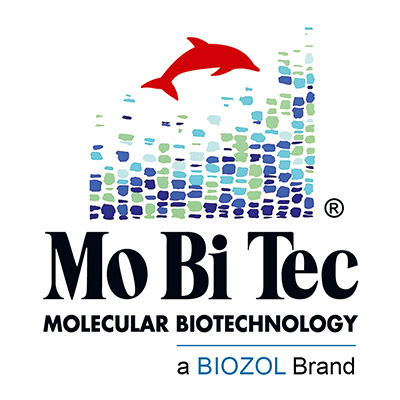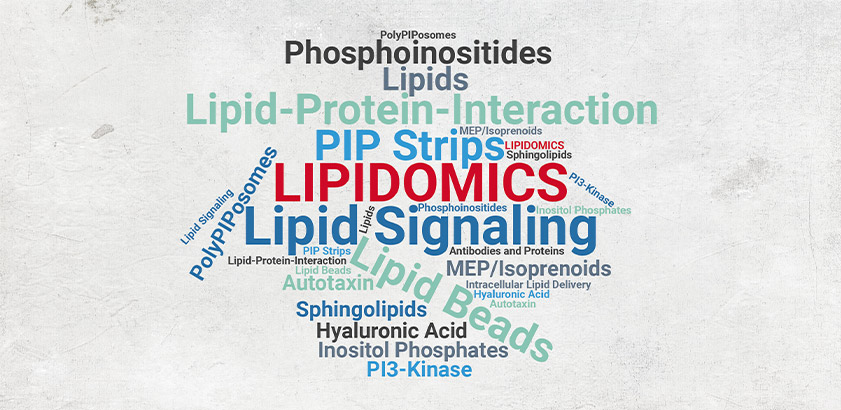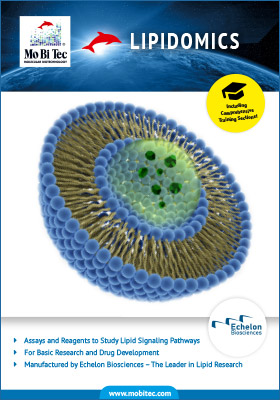No results were found for the filter!

PI(3, 4)P2 Mass ELISA (Echelon Product Code: K-3800 EAKIT)
Order #: ECH-K-3800-EAKIT
ExoClean - Exosome Purification Kit (Echelon Product Code: K-4300a EAKIT)
Order #: ECH-K-4300A-EAKIT

Class I PI3-Kinase Reaction Buffer (Echelon Product Code: K-KBZ EAVIAL)
Order #: ECH-K-KBZ-EAVIAL
Unit: EA VIAL
Price on request

SHIP2 Reaction Buffer (Echelon Product Code: K-S2RB EABOTTLE)
Order #: ECH-K-S2RB-EABOTTLE

TMB Precipitating (Echelon Product Code: K-TMBP 22ML)
Order #: ECH-K-TMBP-22ML

1, 2-Dilauroyl-sn-glycerol (Echelon Product Code: L-0012 100MG)
Order #: ECH-L-0012-100MG

1, 2-Dilauroyl-sn-glycerol (Echelon Product Code: L-0012 250MG)
Order #: ECH-L-0012-250MG

1, 2-Dilauroyl-sn-glycerol (Echelon Product Code: L-0012 1G)
Order #: ECH-L-0012-1G

1, 2-Dimyristoyl-sn-glycerol (Echelon Product Code: L-0014 100MG)
Order #: ECH-L-0014-100MG

1, 2-Dimyristoyl-sn-glycerol (Echelon Product Code: L-0014 250MG)
Order #: ECH-L-0014-250MG

1, 2-Dimyristoyl-sn-glycerol (Echelon Product Code: L-0014 1G)
Order #: ECH-L-0014-1G

1, 2-Dipalmitoyl-sn-glycerol (Echelon Product Code: L-0016 100MG)
Order #: ECH-L-0016-100MG
Viewed
*All prices in € excl. VAT and shipping



